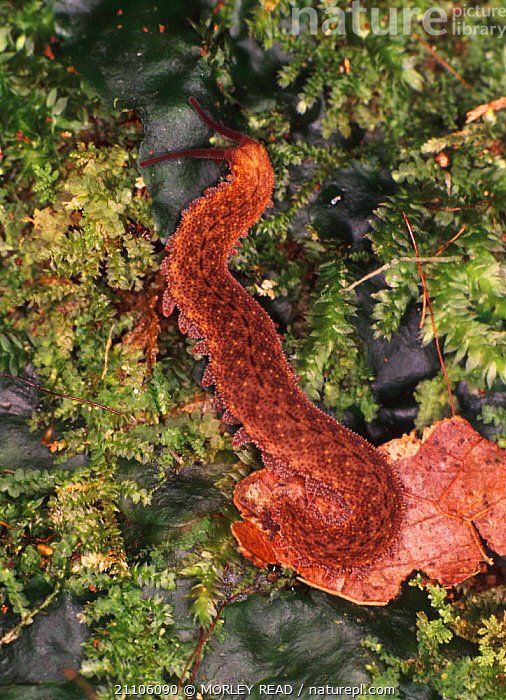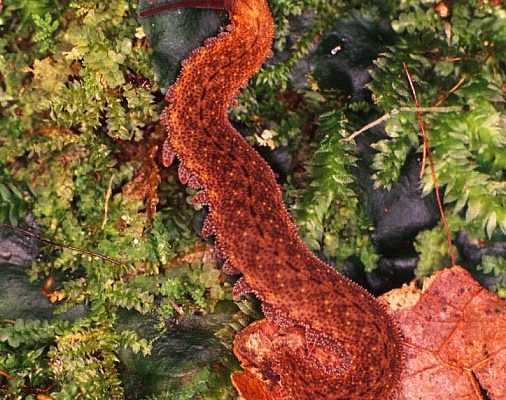
Imagine velvet worms as the secret ninjas of the rainforest—stealthy, adaptable, and a bit mysterious. But even the most skilled ninjas have enemies. So, let’s dive into the world of velvet worms and explore who their main predators are, what role these predators play in the rainforest ecosystem, and how this delicate balance impacts the environment around us.
What Are Velvet Worms?
Velvet worms, or *Onychophora*, are soft-bodied, segmented animals that resemble a cross between an earthworm and a caterpillar. They thrive in the humid, dark corners of rainforests, often lurking under logs, stones, or leaf litter. Their body can be about 5 to 15 centimeters long, characterized by a velvety texture—hence their name.
These creatures are fascinating not just for their looks but also for their hunting style. Velvet worms are predators themselves, hunting small insects and other invertebrates using a unique method. They secrete a sticky slime to ensnare their prey, which they then consume. However, as much as they are predators, they are also prey.
Their position in the food chain makes them a vital part of the ecosystem, contributing to the balance of life in rainforests. But who exactly takes a bite out of these fascinating creatures?
Key Predators of Velvet Worms
Velvet worms face threats from various natural predators in the rainforest, including:
- Birds: Certain bird species, like the *trogons* and *antbirds*, are known to feast on velvet worms. Their keen eyesight and swift movements allow them to spot these soft-bodied creatures hidden under foliage.
- Reptiles: Small reptiles, particularly lizards, also enjoy a snack of velvet worms. Their agility and adaptability help them hunt effectively in the dense forest undergrowth.
- Insects: Some predatory insects, such as spiders, have been observed preying on velvet worms. They can catch these unsuspecting creatures when they are exposed.
- Mammals: While not as common, some small mammals may occasionally consume velvet worms. Their voracious appetites lead them to scavenge a variety of food sources, including these unique invertebrates.
Each of these predators plays a specific role in maintaining the balance within the rainforest ecosystem.
The Role of Birds as Predators
Birds are often at the top of the food chain in the rainforest sky, and they play a key role in controlling velvet worm populations. Species like the *trogon* have excellent hunting capabilities, thanks to their sharp beaks and acute vision. These birds can spot a velvet worm hidden below the forest floor or nestled within the leaf litter.
When they hunt, these birds exhibit impressive agility and precision, swooping down to capture their prey. Their diets help maintain the balance of populations within the ecosystem. If birds didn’t eat velvet worms, their numbers could skyrocket, potentially leading to overgrazing of the forest floor—a situation that could disrupt the entire ecosystem.
You might wonder why velvet worms don’t just hide better. Here’s the thing: they rely on their ability to camouflage into their surroundings. But even the best camouflage can’t always save them from hungry birds.
Reptilian Predators: The Silent Hunters
Reptiles are another significant group of predators that keep velvet worm populations in check. Many small lizards, like the anoles, take advantage of their hunting skills to capture these soft-bodied creatures. With their rapid reflexes and ability to hide in the dense foliage, they often catch velvet worms when they least expect it.
In addition to lizards, some snakes might also prey on velvet worms. While this isn’t their primary food source, if they encounter these creatures during their hunts, they won’t pass up the opportunity. The presence of these reptiles has a ripple effect on the ecosystem, ensuring that no single species dominates the food chain.
This predator-prey dynamic is fascinating and critical. It ensures that velvet worms remain a part of the ecosystem without overwhelming other species.
Insects as Predators: The Tiny Juggernauts
Insects may be small, but they can be quite mighty when it comes to hunting velvet worms. Large spiders are particularly notorious for seeking out these creatures. With their webs and stealthy movements, they can snare unsuspecting velvet worms when they venture out of their hiding spots.
You might find it interesting that these predatory insects often have a variety of tactics. Some wait patiently in their webs, while others actively hunt down their prey. This kind of predation adds an extra layer of complexity to the rainforest our velvet worms call home.
Through this predator-prey relationship, spiders not only help regulate velvet worm numbers but also maintain the overall health and diversity of the insect population.
The Impact of Mammalian Predators
Though they may not be the most significant threat, small mammals can also consume velvet worms when the opportunity arises. These mammals, including rodents and some marsupials, have varied diets and are opportunistic eaters.
When foraging for food, they might stumble upon velvet worms hiding among leaf litter or under logs. While they are unlikely to actively hunt velvet worms, their presence in the ecosystem is another essential component of maintaining balance.
This range of mammalian predators adds complexity to the food web. The interactions between predator and prey help create a dynamic environment that supports a wider array of species.
How Velvet Worms Adapt to Their Predators
Given all of these natural threats, velvet worms have developed some fascinating adaptations. Their primary defense mechanism is their ability to blend into their environment. This camouflage allows them to evade detection by predators like birds and reptiles.
However, they also have a few tricks up their sleeves. Velvet worms can secrete a sticky slime that can entangle potential predators, giving them a chance to escape. Imagine a little ninja pulling off a surprise move to evade capture!
These adaptations are crucial for their survival in the challenging conditions of the rainforest. By evolving to avoid detection and defend themselves, velvet worms can thrive despite the constant threat of predation.
In the vibrant tapestry of rainforest life, velvet worms play a unique role, but they are not alone. Their predators—from birds and reptiles to insects and small mammals—contribute significantly to maintaining the balance within this rich ecosystem.
Understanding the natural predators of velvet worms helps us appreciate the complexity and interconnectedness of rainforest life. Each creature, no matter how small, has its role to play, and preserving these relationships is essential for the health of our planet.
So, next time you think about the wonders of rainforests, remember the velvet worms and their stealthy foes. Each one is a piece of the puzzle that keeps our world in harmony.

